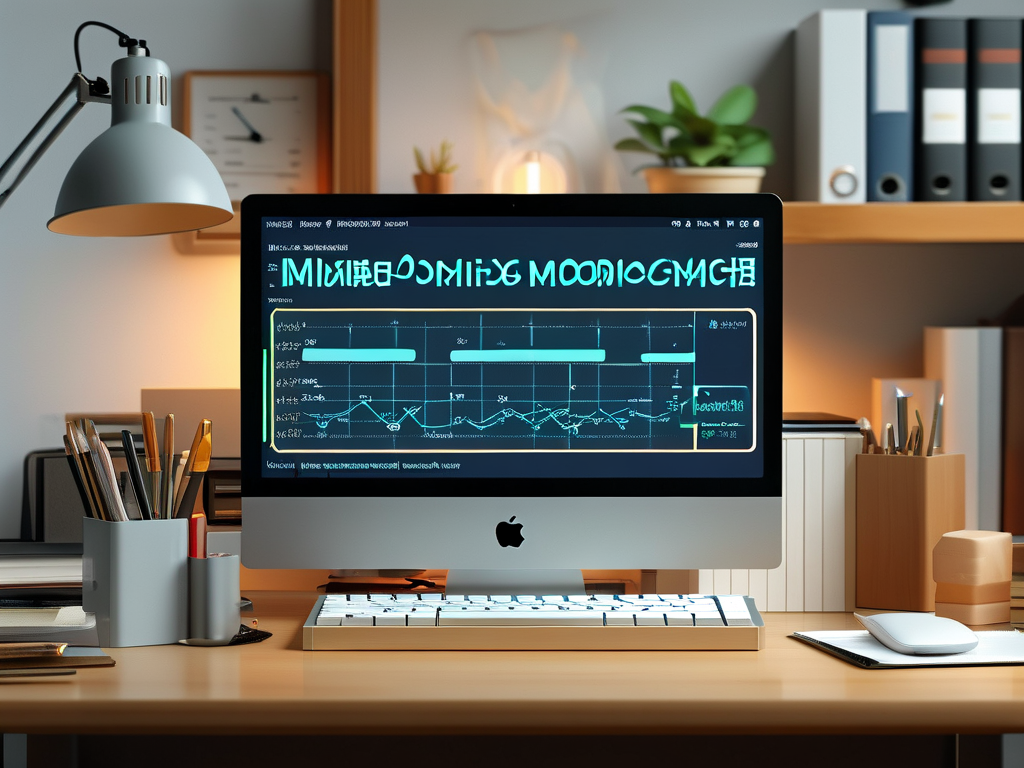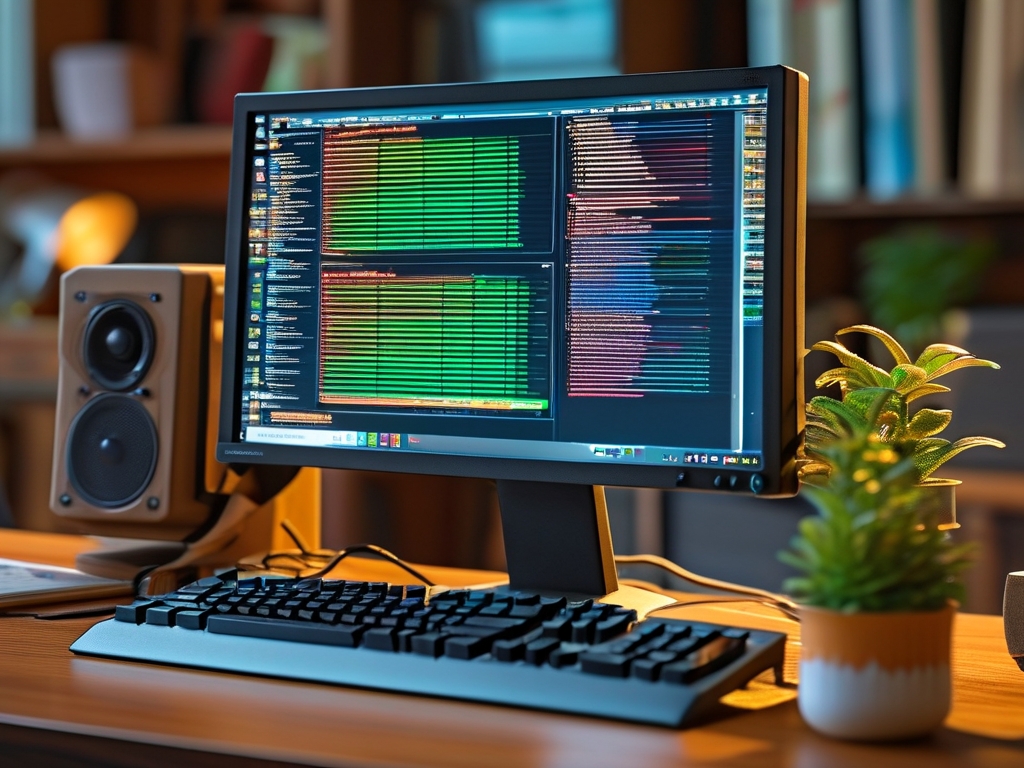Memory monitoring is a critical process for optimizing system performance and diagnosing resource-related issues. Determining the appropriate duration for memory monitoring depends on multiple factors, including workload patterns, application requirements, and hardware constraints. This article explores practical methods to calculate monitoring intervals while balancing accuracy and resource efficiency.

Understanding Monitoring Objectives
Before calculating duration, define the purpose of memory monitoring. Short-term diagnostics (e.g., identifying memory leaks) may require high-frequency sampling over minutes or hours. Long-term trend analysis (e.g., capacity planning) could use lower-frequency checks spanning days. For instance, a Python script using the psutil library might collect data every 5 seconds for debugging:
import psutil
import time
while True:
memory_usage = psutil.virtual_memory().percent
print(f"Memory usage: {memory_usage}%")
time.sleep(5) # Adjust interval here
Key Factors Influencing Duration
- System Volatility: Applications with fluctuating memory demands (e.g., video rendering software) need shorter monitoring intervals to capture spikes.
- Resource Overhead: Frequent monitoring consumes CPU cycles. A balance must be struck—aggressive sampling (e.g., every 0.1 seconds) may distort performance metrics.
- Data Storage: Longer monitoring periods generate larger datasets. A 24-hour log sampled every second creates 86,400 entries, which may strain storage systems.
Calculation Strategies
Rule-Based Approach
Use predefined thresholds based on application SLAs. For example:
- Critical Systems: Sample every 1–10 seconds for real-time alerts.
- Non-Critical Systems: Sample every 1–5 minutes for trend analysis.
Adaptive Sampling
Implement dynamic intervals using algorithms. A machine learning model could adjust sampling rates based on historical patterns. If memory usage stabilizes, the system might extend intervals from 10 seconds to 2 minutes automatically.
Event-Triggered Monitoring
Combine fixed intervals with event detection. For example, monitor every 30 seconds by default but switch to 1-second sampling when usage exceeds 80%. This reduces overhead while capturing critical events.
Case Study: E-Commerce Platform
A mid-sized online retailer experienced intermittent crashes during sales events. Initial 60-second monitoring intervals failed to detect sub-minute memory spikes caused by flash traffic. By reducing the interval to 3 seconds and using anomaly detection scripts, engineers identified a caching library bug that leaked 2–3 MB per transaction. Post-fix, monitoring was reset to 15 seconds for routine operations.
Tools and Implementation
Popular tools like Prometheus, Grafana, and custom scripts offer flexibility. For cloud environments, AWS CloudWatch or Azure Monitor provide built-in duration configurations. Below is a bash snippet for basic memory logging:
#!/bin/bash
while true; do
free -m | awk '/Mem/{print $3}' >> memory_log.txt
sleep 10
done
Best Practices
- Baseline First: Run 24-hour baseline monitoring at 1-minute intervals to understand normal patterns.
- Layer Monitoring: Combine coarse-grained (hourly) and fine-grained (per-second) tools for multi-scale insights.
- Review Periodically: Re-evaluate durations after major software updates or infrastructure changes.
Calculating memory monitoring duration involves balancing precision with practicality. By aligning intervals with operational needs and employing adaptive strategies, teams can optimize resource usage while maintaining visibility into system health. Whether through fixed schedules or intelligent algorithms, the goal remains consistent: capture meaningful data without overwhelming the system.





